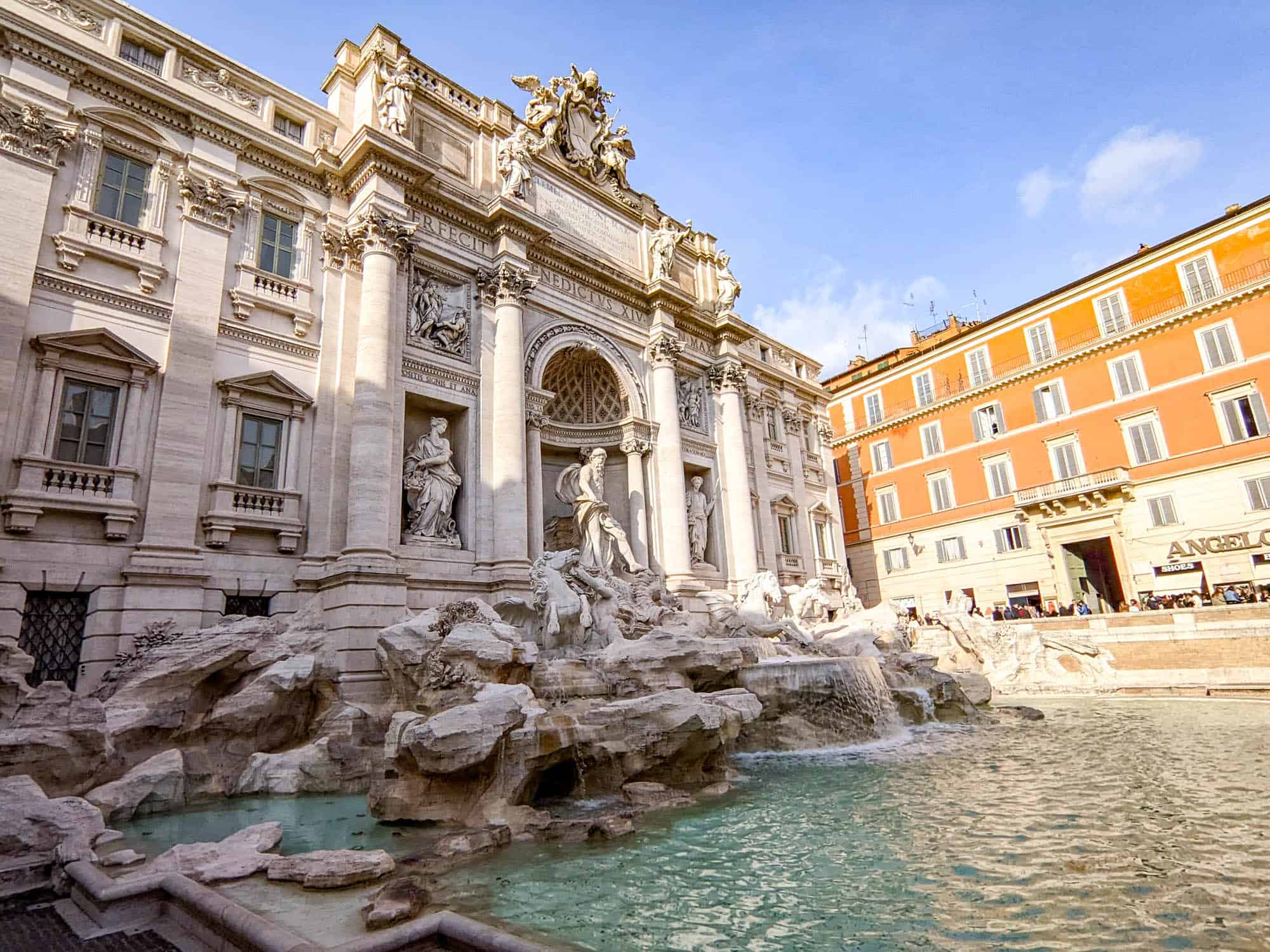How to Plan Better Day Trips: 26 Insanely Helpful Tips to Maximize Travel Time
Since not everyone has the freedom to pack up and travel for long periods of time, I’m here to help you plan the best day trips possible. Not everyone can spend months frolicking around France (bonjour!), checking out the Czech Republic (ahoj!) or roaming around Rome (ragu in a can!)
For the rest of us there’s, what I call, Time Budget Travel—the aim the get the most out of a destination when you have very little time available. To succeed at time budget travel requires a higher level of travel planning than usual, and I’m here to help!
I may not have the bandwidth to spend months on the road, but what I do have is a very particular set of skills (beyond using TV and movie quotes to get my point across, that is). So, read on for my top tips for maximizing your travel time and planning unforgettable day trips.

How to plan a day trip
The main thing you need to know to plan amazing day trips is that planning ahead is key. How much awesomeness you can squeeze out of your time is determined long before you get randomly selected for a pat-down at the airport. Planning ahead is the number one rule of day tripping. Winging it? Wrong. Improvising? Impossible. Pre-planning like your life depends on it? Precisely.
Planning a detailed itinerary
Planning out a complete and detailed itinerary will help you avoid:
- Getting lost and/or wasting time zig-zagging all over town
- Waiting in long lines that can literally take hours to get thorough
- Boredom, and/or trying to figure out what to do on the spot
- Arriving at attractions on day or during times when they’re closed. (Surprise! We’re closed on the first and last Monday of every other month because this is Italy!)
- Wasting precious time getting yourself ready in the morning
Now let’s get to it. Here are the 26 tips I live by for planning day trips like it’s my job (because it is).
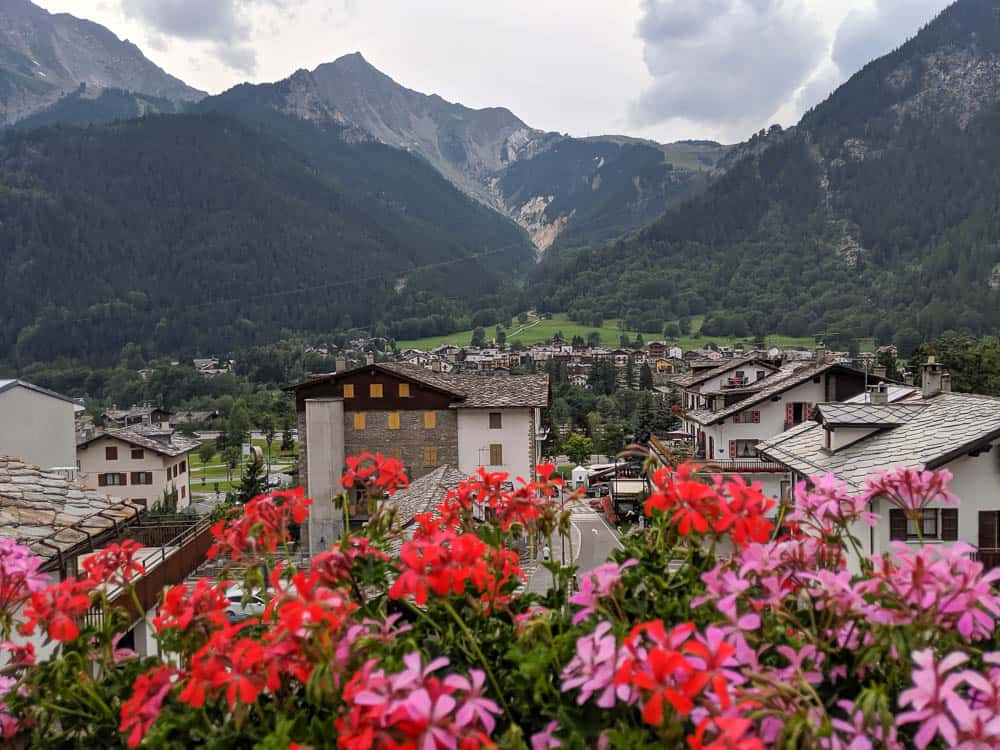
Tips for planning a jam-packed itinerary
The following tips for planning a day trip focus on the actual day itself and how to get the most out of your time. All these tips will help you plan the most efficient day trip itinerary.
1. Travel with like-minded travelers
First and foremost on the list of tips for how to plan day trips is to make sure you’re traveling with like-minded travelers. Is it easy to convince my fellow type-A, museum-loving friends to wake up at 6:00 am to be the first through the door? Absolutely. Is it damn near impossible to do the same with my I’d rather be sipping a cerveza on a Mexican beach somewhere friends? Also yes.
Traveling with people who share the same travel goals and ability to get a move on will ensure you a day trip that runs smoothly with little wasted time.
What happens if you don’t
Otherwise, you could find yourself waiting around a lot when you could be out exploring. You might also have to miss out on an attraction you want to see if the other person/people don’t have the same interests as you.
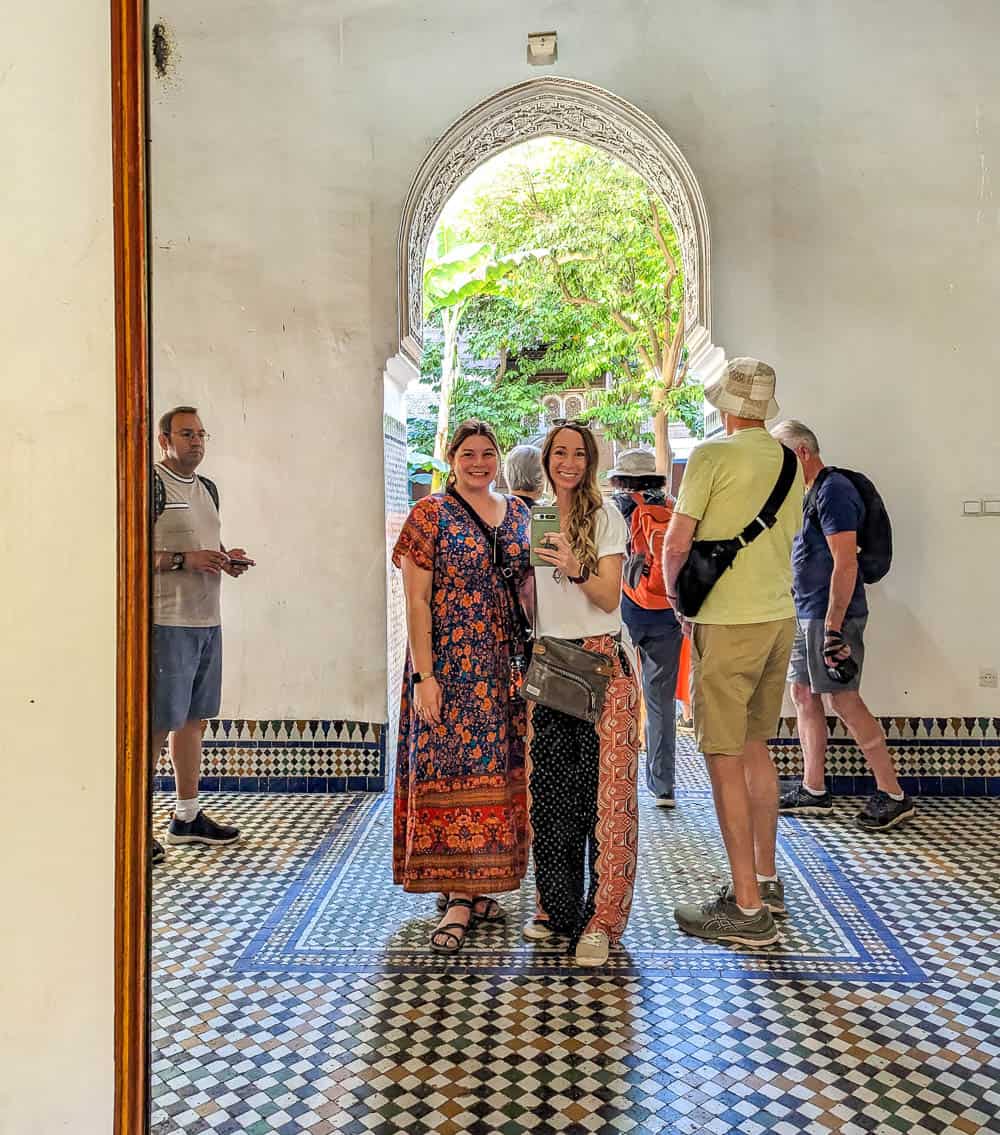
2. If possible, travel in the off-season
Depending on your destination, you may want to consider traveling in the “off-season” when tourism is at its lowest. Case in point: visiting Paris in the winter—you’ll be able to visit some of the most popular attractions in the world with virtually zero crowds and wait times. You gotta louvre that.
What happens if you don’t
Otherwise, you could potentially wait literal hours in a line somewhere to get inside a place. Those are hours you could spend visiting another attraction entirely. Besides the lines, traveling during peak tourist season is just not enjoyable, for so many smelly, sweaty, crowded, pick-pocketing reasons.
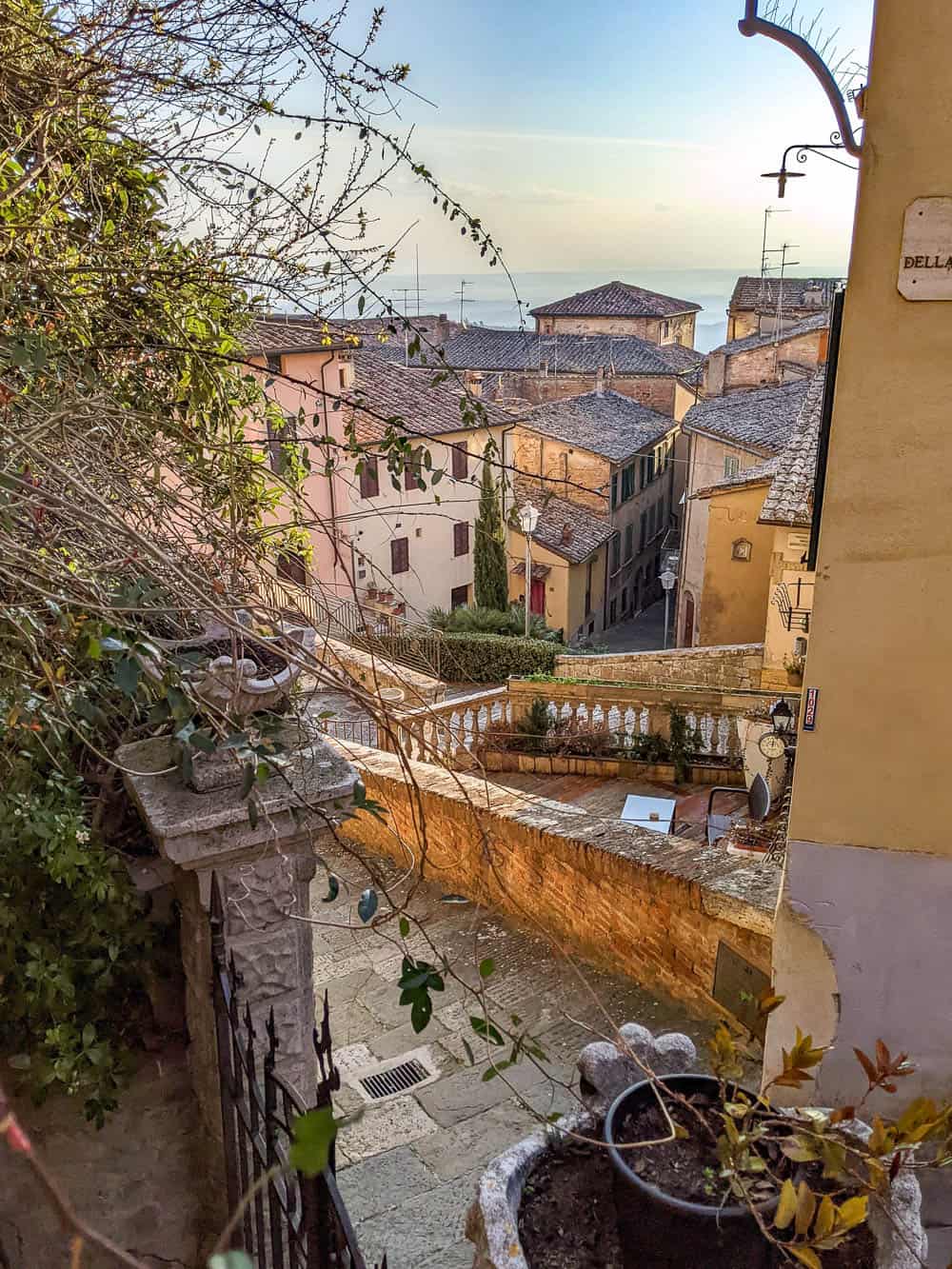
3. Plan a day trip around local holidays
If your planned day trip happens to fall over a major holiday in your destination, that can cause some serious hiccups. Attractions may be closed (in fact, they probably will be), public transportation may be rerouted, getting around can be difficult, hotels and other reservations may be all booked up, and much more.
Just because you won’t be traveling over Christmas or Easter doesn’t mean you won’t be visiting Lisbon during Portugal Day, or Istanbul during Democracy and National Solidarity Day (guilty here), or the Czech Republic during St. Wenceslas Day. There are a million national holidays you’ve never heard of, I guarantee it.
There are even noteworthy days that aren’t necessarily “holidays,” but that still matter in terms of day trip planning. For instance, if you wanted to take a day trip to Normandy from Paris, the closer you travel to June 6th, the more insane it’s going to be. (June 6 = D-Day, and the biggest reason people flock to Normandy.)
PRO TIP: My go-to site for seeking out local holidays before I travel is the countries page of officeholidays.com.
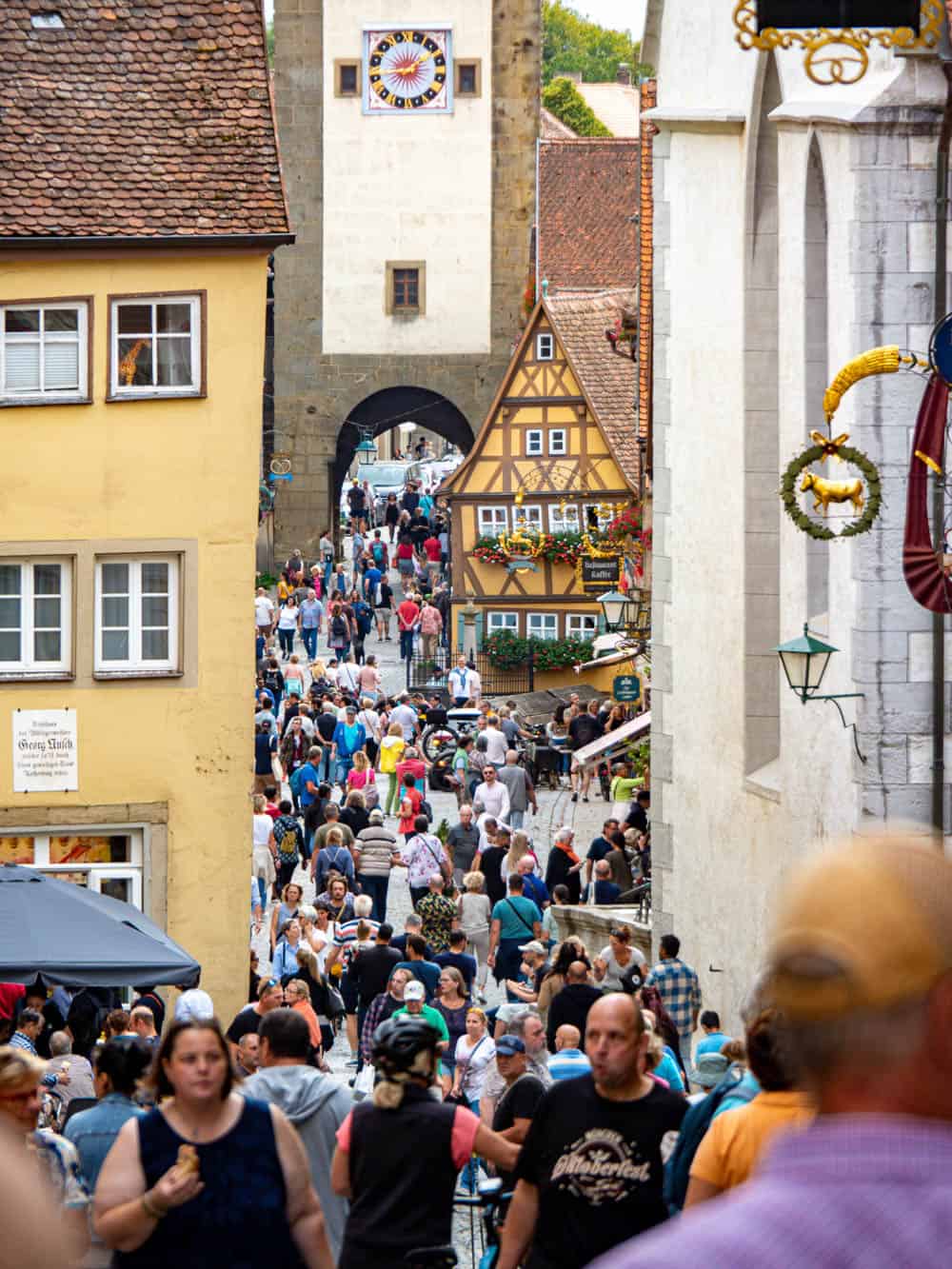
4. Prioritize what you want to see and do
In the spirit of managing expectations: you will not be able to see and do everything you want on your day trip. Even the speediest travelers have to pick and choose sometimes.
How to prioritize
Make a list of everything you’d like to see and do in your chosen destination. Now arrange them in descending order of how badly you want to see it. Make sure whatever you’re okay with skipping out on is at the bottom because, as you know, travel is unpredictable. Include all the museums, activities, restaurants, and anything else your traveling heart desires.
What happens if you don’t
Otherwise, you may find you’ve missed seeing one of your top sights in favor of something totally lame your sister heard was cool from someone she barely knows.
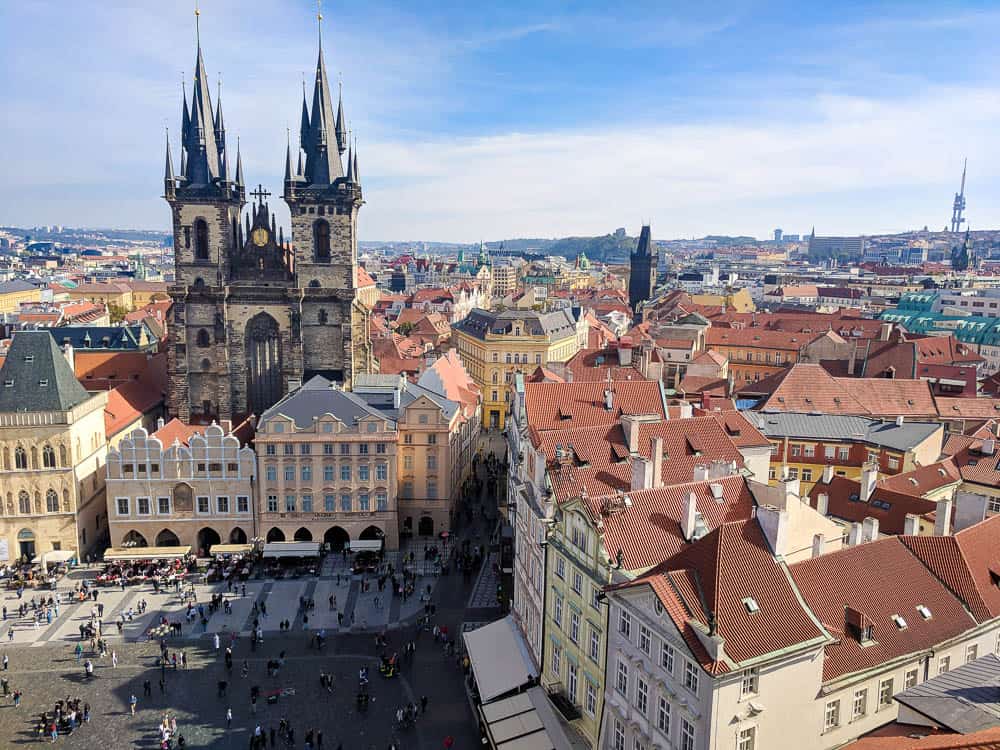
5. Don’t pass on sightseeing passes
I am such a huge fan of sightseeing passes, especially when it comes to planning a day trip where you’re trying to shave as much time as possible. These passes are available all over the world and, though they’re all a little different, they have many of the same worthwhile benefits like:
- Deep discounts on the attractions you’re already planning to visit, typically around 40-50% off
- Skip-the-line privileges so you can walk right in the door without having to wait
- Already having the admission tickets you need without extra steps
- Bonus activities like bus tours, walking tours, and other fun activities
- Free public transportation
- And many more
Many popular cities have their own sightseeing passes which you can typically pick up at the local tourism office. The best part is you can pretty much always purchase a 24-hour version, so you never pay for more than you have to. For example, I’ve used these passes on day trips to Oslo, Norway; Salzburg, Austria; and even Liechtenstein.

And for tons of other cities, you also have the choice of two other super popular sightseeing passes. Definitely see if the following are available for your chosen destination.
GoCity
I love the GoCity pass because it’s different from other passes in many ways. It’s an all-inclusive pass that can get you into pretty much all the most popular attractions in a given destination. Some passes just have a few places you can visit, but GoCity has tons. Their passes also include several bonus activities and tours beyond the typical museum or attraction.
But one of my favorite things is that they come with a money-savings guarantee. Basically, if you can show them that their pass actually didn’t save you any money (somehow?) then they’ll refund you the difference. It’s a can’t-lose situation, really.
GoCity passes are available in 30 super popular destinations, so take a look here to see if your day trip destination is one of them.
CityPASS
CityPASS works in a similar way, but with these you are more bound to certain attractions (though, they’re still some of the most popular ones). CityPASS is available in 16 destinations in the US and Canada. I’ve used the CityPASS for day trips to New York City, Dallas, and Tampa and always find them worthwhile. Check out the list of CityPASS destinations here.
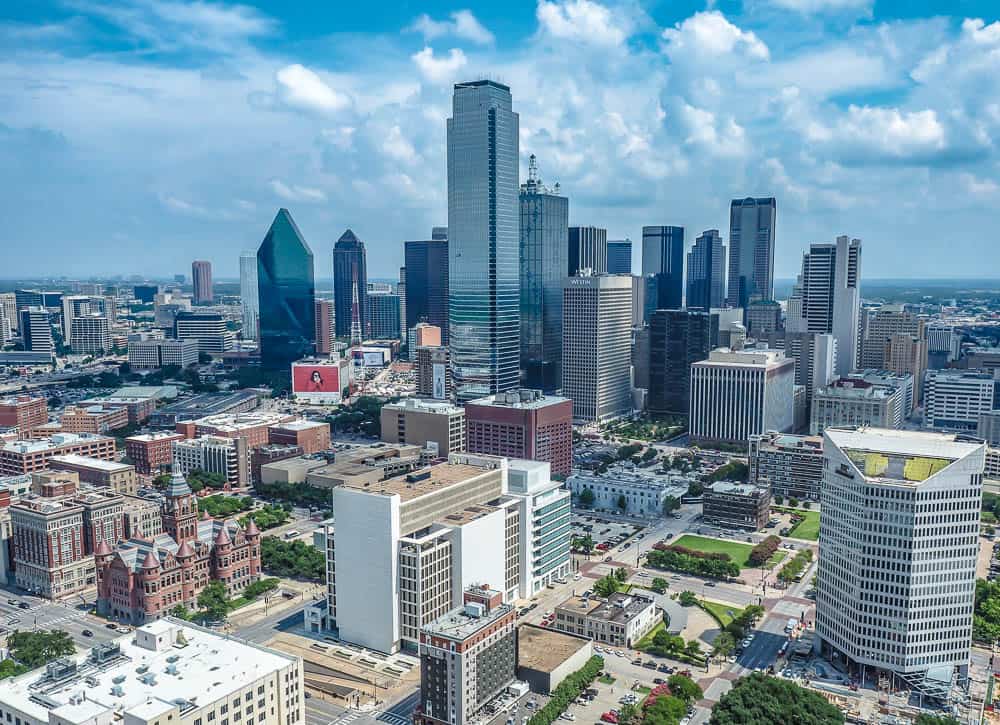
6. Make note of open days and times
On that list, record the opening and closing times as well as any days they’re closed for each attraction/activity. This will help narrow down what you do on what days and when because often when planning a day trip your schedule might not even be up to you. Especially if you’re traveling around Italy.
What happens if you don’t
There’s nothing worse than planning a day trip around a specific attraction only to get there and realize they’re closed that day. Especially when you could have taken that day trip the next day when they’re going to be open, but it’s too late now. Womp womp….
Look at that—your general idea of “Let’s take some day trips in Europe this summer!” is starting to take shape. Yes, croissant is a shape.
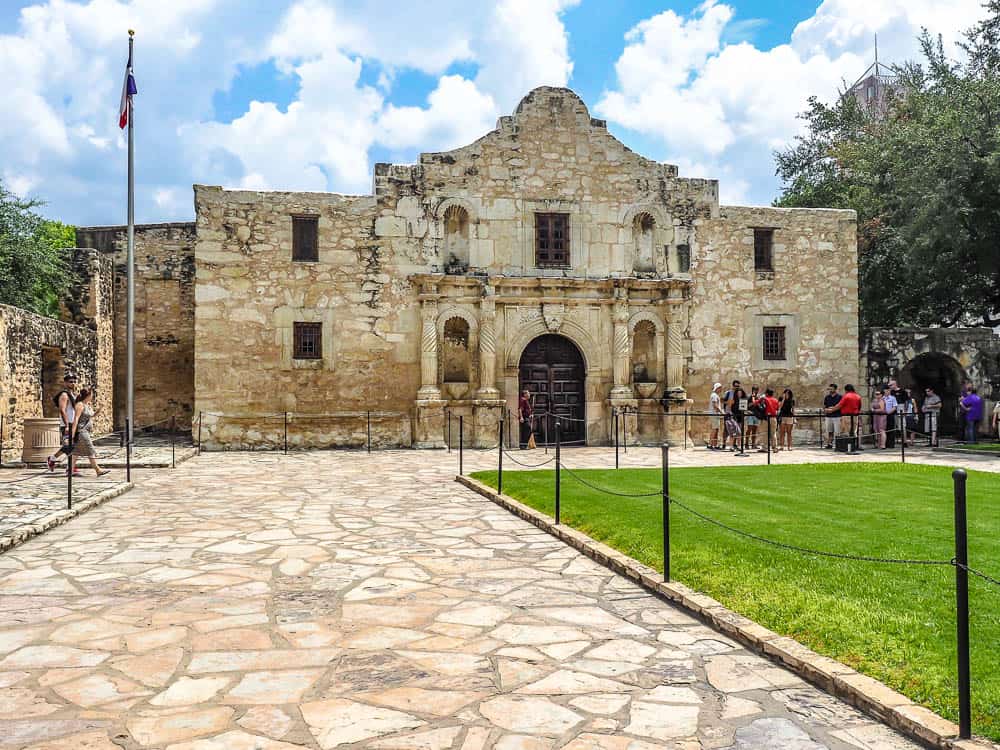
7. Chart it all out
Using the information from tip #5, make a chart of what can be done on what days and at what times. This will help eliminate the risk of showing up to a museum/show/attraction/parmesan cheese tasting tour on the wrong day or at the wrong time. Tragedy.
This will also help you determine where you need to start your day trip and even in what order you need to visit the attractions so you can make the most of your time there.

8. Google each attraction or activity
Narrow your list down even further by Googling each attraction or activity on it. On the first results page, over on the right, you’ll find a box that shows what times of the day are the busiest and how long a visit there typically takes. This will help you judge the best time to go and how long you should think about budgeting to spend there.
What happens if you don’t
Visiting attractions during their busiest times means you’ll spend a lot of your time there slowed down by crowds. There’s probably a toddler throwing a tantrum in there somewhere too.
Also, you may cluelessly budget an hour for a particular place that typically takes 2 or 3 to get through. When that happens, something else on your list gets the boot.
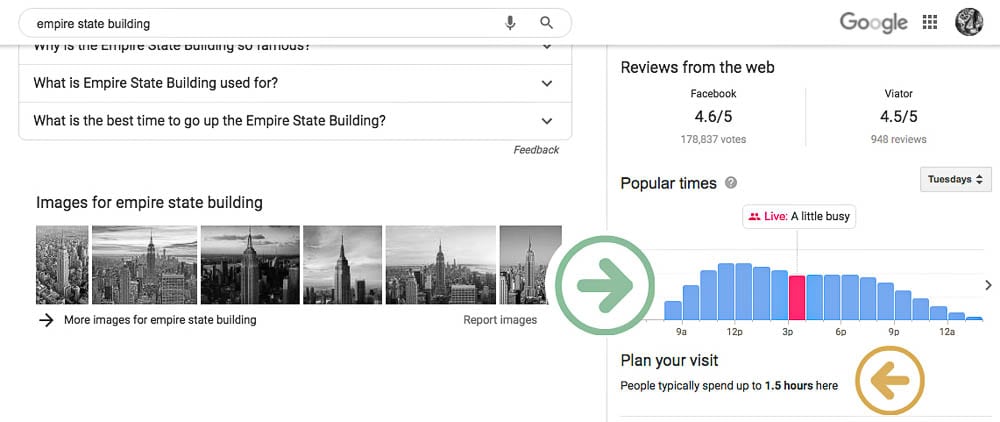
9. Create a Google map for your trip
Add the location of each attraction/activity into a dedicated Google map for your trip. Doing so will help you group attractions or activities by location, thus saving you tons of travel time. You can save these maps to your phone to use offline so you have it when you get there.
What happens if you don’t
Otherwise, you may end up zig-zagging all over town bouncing from one attraction to the other. This means you’ll waste loads of time in transit between them, especially if that city is prone to traffic or delayed public transportation. See all the sights in one area, then move on to the next. Let’s save all the time-wasting for that Mexican beach.
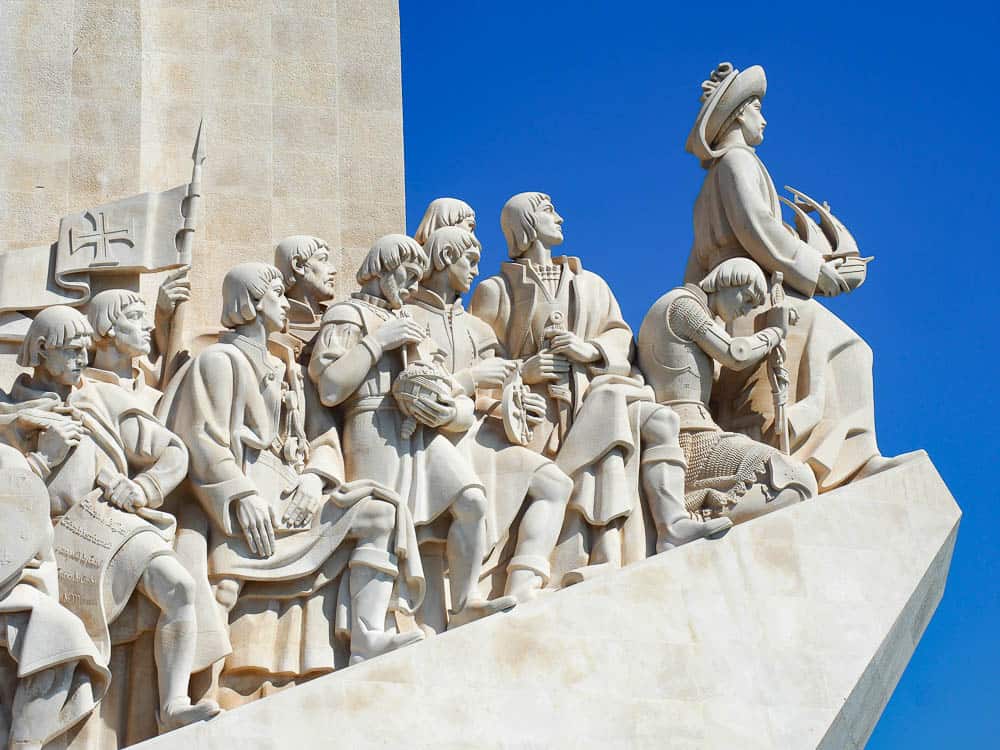
How to create a custom Google map
To create your own Google map to help plan your day trip:
- Go to google.com/maps
- On the left side of the screen, click on the three lines and then click “Saved”
- Then click “Maps”
- At the bottom, click on “Create Map”
- From there you can add each attraction to the map
For an example, here’s the map I made for my one-day Oslo itinerary:
10. Choose a hotel in the middle of it all
If you decide to stay overnight in the destination after your day trip, listen up. If the location is a safe one, I always prefer to choose a hotel that’s near just about everything I want to see and do. Or, at least near a way I can get there efficiently.
Staying on the outskirts of town or even outside the main city center may save you some money, but it’s going to cost you a lot in time.
How to find the perfect hotel
After you’ve got your Google map all set up, go to Booking.com (or Hotels.com or Expedia or whatever site you prefer), type in your destination city and dates. On the results page, click on “map view” over on the left of the page.
This will show you all the available hotels on a map, rather than in a list. This way, you can choose a hotel by its location and proximity to everywhere you plan to go in that city. From there, you can sort the options by property type, budget, rating, and much more.
PRO TIP: For more on how to choose the perfect hotel every time, check out my step-by-step guide in that link.

11. On planning meals
If there are some restaurants you really want to eat at—maybe they’re world famous or come highly recommended by a friend—feel free to plan your itinerary around them and make reservations.
Otherwise, I leave meal-planning on my day trips more or less up to fate—which is totally unlike me, but it totally works in this case. This way, you can utilize the advice of your travel guidebooks depending on your location and mood at any given time. Or, better yet, seek the advice of locals once you get there.
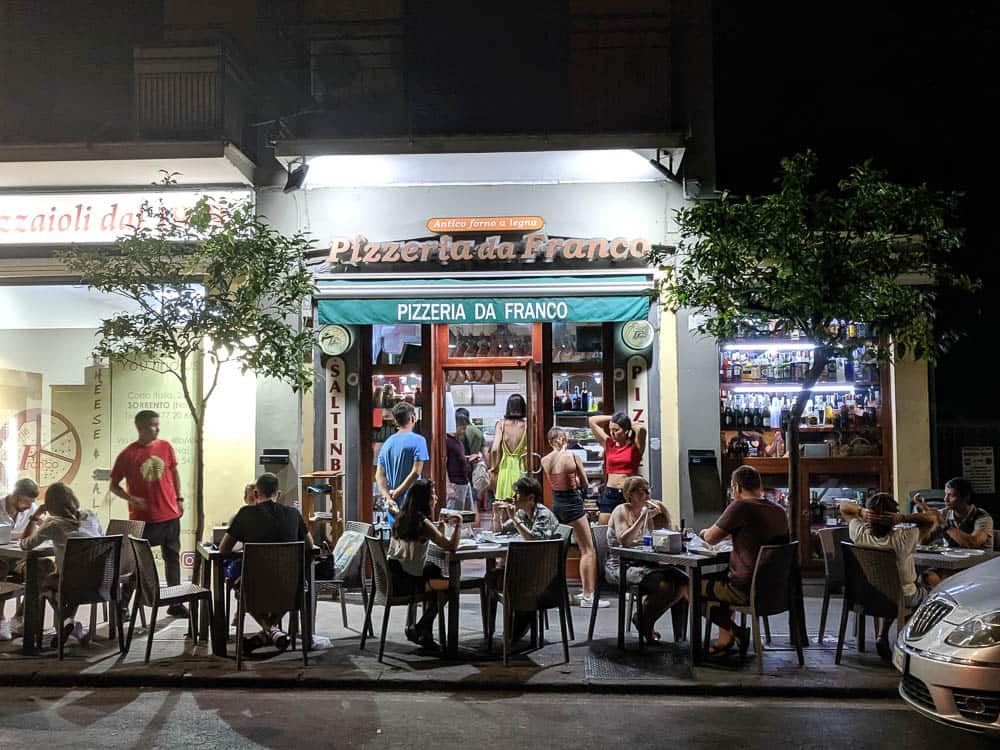
Dining on the fly while traveling
Getting the advice of locals is great. Asking your hotel concierge or employee for restaurant recommendations is gamble (and one I don’t usually take). It’s often that the hotel will get kickbacks from certain restaurants for sending customers there, so you know the opinions are biased. And the restaurants operating under this model are almost always garbage.
- Go to places that have lines or a good number of people already eating there (i.e., Don’t eat at the place that’s totally empty while everyone else has customers. There’s a reason no one is eating there.)
- Go where the people inside don’t all look like tourists. Yes, you can tell.
- Never eat next to the city’s largest tourist attractions or squares. These restaurants offer absolute trash at wildly increased prices.
Out of sheer necessity, I once ordered a charcuterie board from a restaurant next door to the Vatican Museums and they literally served me the meat and cheese slices from an old Lunchable on a plate. Really, you just need to head one or two streets over from the main streets to find something much better.
If you’re visiting a small town or village, chances are anywhere you choose to eat will be just fine. (None of that tourist food garbage.)
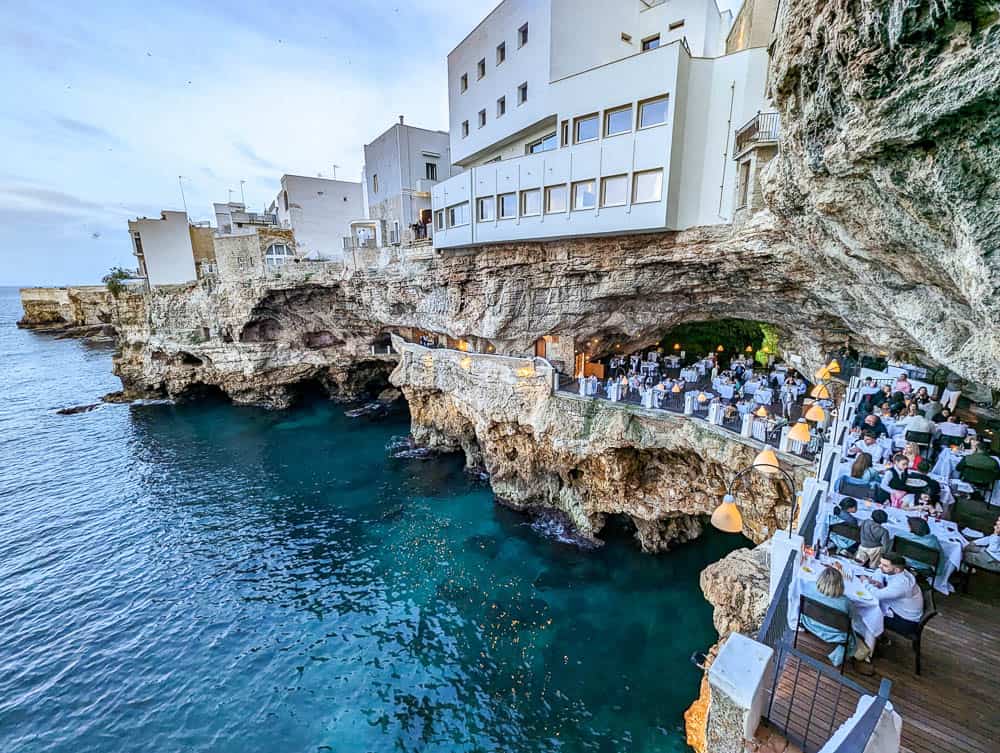
12. Look up entrance requirements
Check out the entrance requirements to each attraction/activity you want to visit. Look for information like:
- Is it mandatory to book tickets in advance?
- Do they only accept walk-ins?
- Are you able to reserve a timed entrance?
For instance, to visit the crown of the Statue of Liberty, you need to book your tickets months in advance. Or if you’ve always dreamed about dining at Italy’s famous cave restaurant, you’ll need to make your reservations months in advance also. If you don’t, they’ll likely be completely sold out when you get there and most places don’t offer same-day tickets.
For many museums around the world you can simply walk in whenever you please. At others, like the Anne Frank House in Amsterdam, you’ll need a pre-book timed entry ticket or you can’t visit at all. Many museums in the busiest cities are following this protocol now.
Some places, especially those that involve a government military (like the USS Arizona at Pearl Harbor for instance), may need to run an advance background check before you can visit.
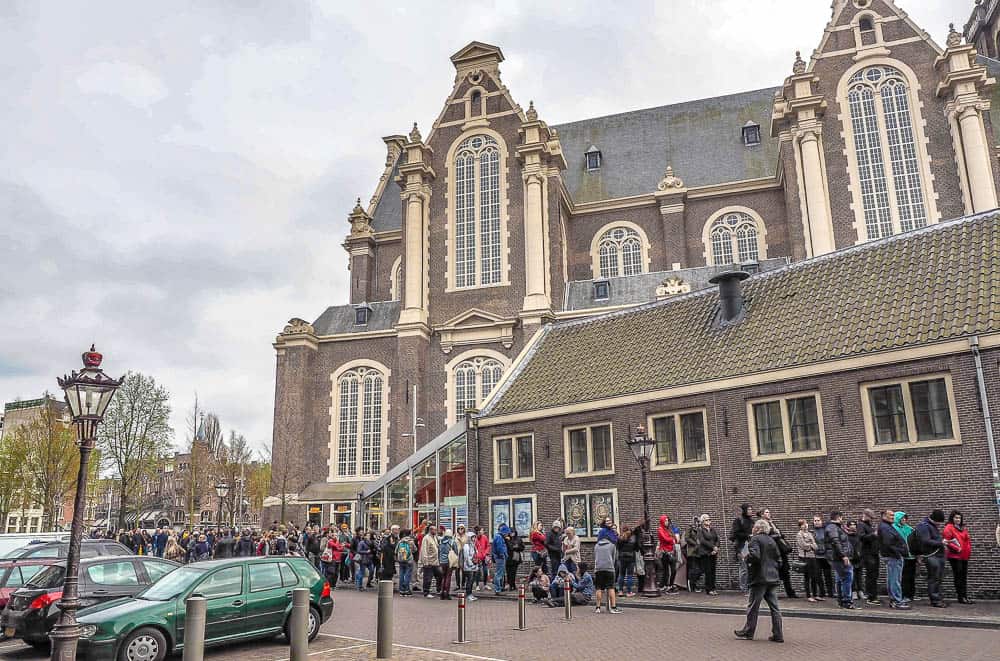
13. Double up on tourism + transportation
One easy way to save time on a day trip is to combine your sightseeing with actually getting around town. The best way to do that is to book one of the available hop-on/hop-off bus tours. Dorky as they may seem, I still stand by the fact that these tours are hella fun, a great way to see the city, and just as a great a way of getting from place to place.
These bus tours work for our needs because they typically stop at or near all the most popular spots in a city. You can usually ride them as many times as you want and know you’re going to end up at a place you probably planned to go already. You can also just ride them for the entire tour and consider that an activity in and of itself.
Here are some of the most popular sightseeing bus tours to check out: (And yes, I’ve taken trips on all of these.)
- Big Bus tours – This is my personal favorite.
- Old Town Trolley Tours
- City Sightseeing tours
- Grayline
- You can also find hop-on/hop-off bus tours on sites like Viator and Get Your Guide.
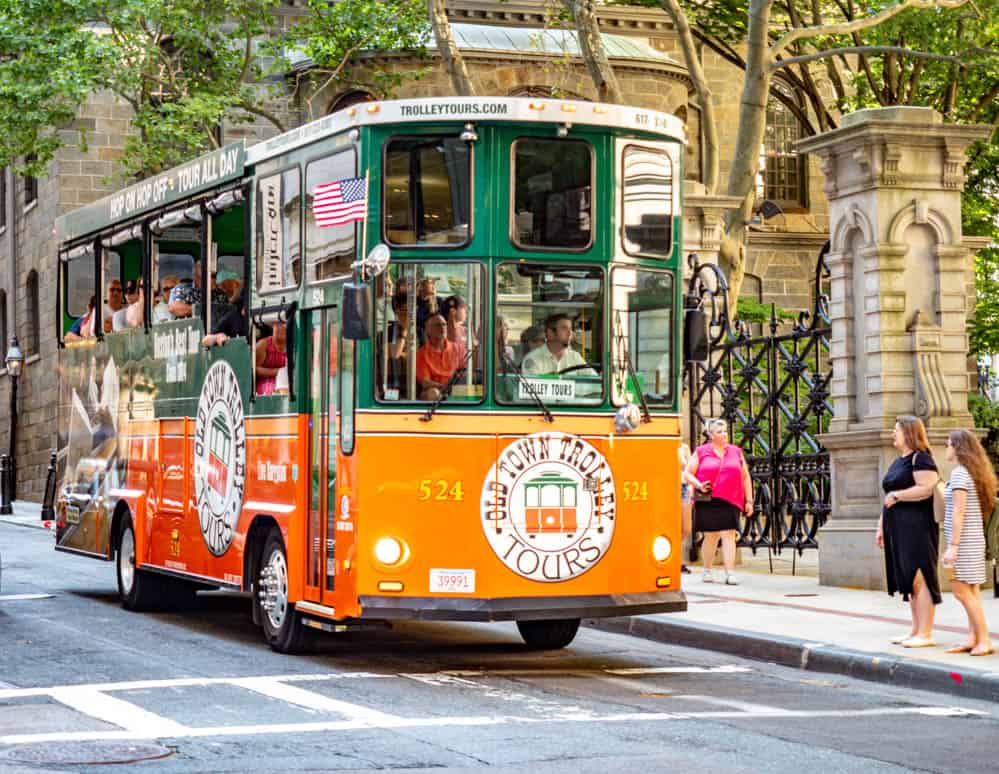
Tips for packing for a day trip
The following tips focus on efficiently packing for your day trip, and how doing so can save you time and stress.
14. Take a picture of yourself in each outfit you plan to bring
When I’m packing for my trips, this is something I always do. Then, each day of your trip when you’re getting ready, you’ll already know which outfits are available. For your day trip, lay out your planned outfit the night before so you’ll be ready to go in the AM.
What happens if you don’t
Otherwise, getting ready in the morning will take twice as long since you’ll be fumbling through your suitcase trying to remember what you brought and what could possibly make an outfit. Or, you’ll end up wearing the same thing for five straight days to avoid having to use your brain to come up with something new. No? Just me?
I promise you; this tip will save so much time and stress when planning a day trip.
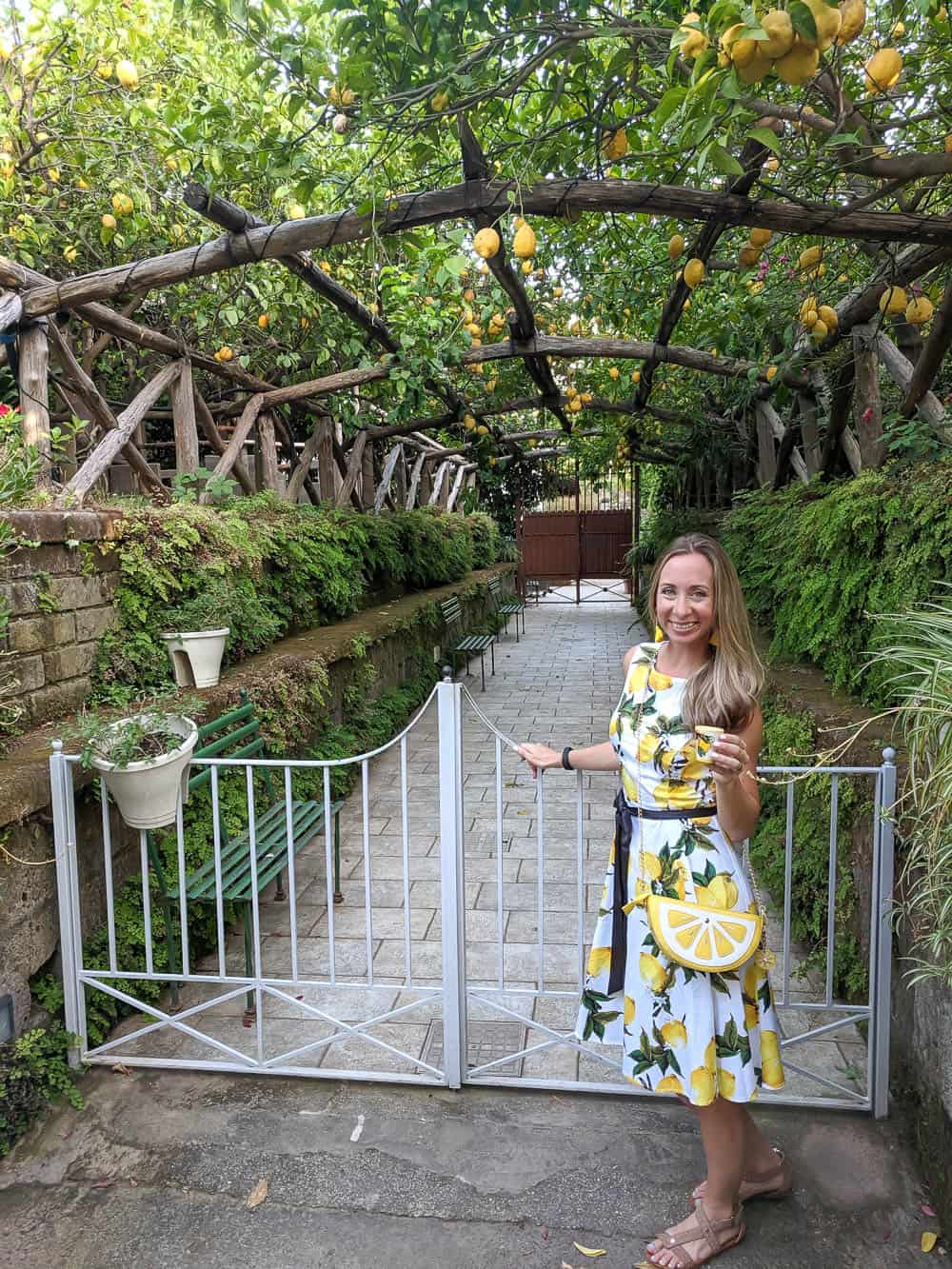
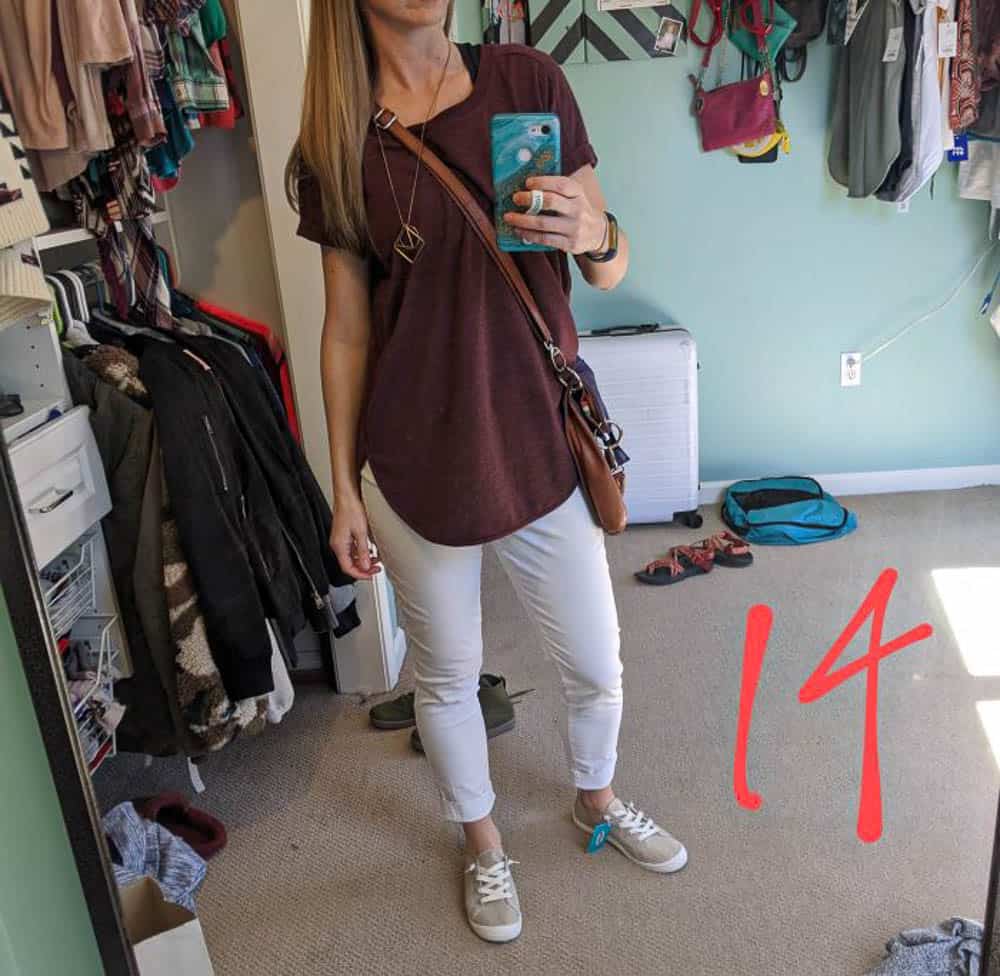
15. Use packing cubes
Staying organized when you travel is a huge time-saver. I always travel with packing cubes and I’ll never not travel with them at this point.
Personally, I organize mine by tops, bottoms, underwear and socks, one for shoes, another for miscellaneous. The possibilities are endless. There are also toiletry organizers and things to keep my carry-on (i.e. life) together. (I know you’re familiar with the hotel/suitcase/wardrobe explosion; don’t even play.)
PRO TIP: This 6-pack of compression packing cubes is perfect. It comes with a shoe bag and 5 other multi-sized cubes.
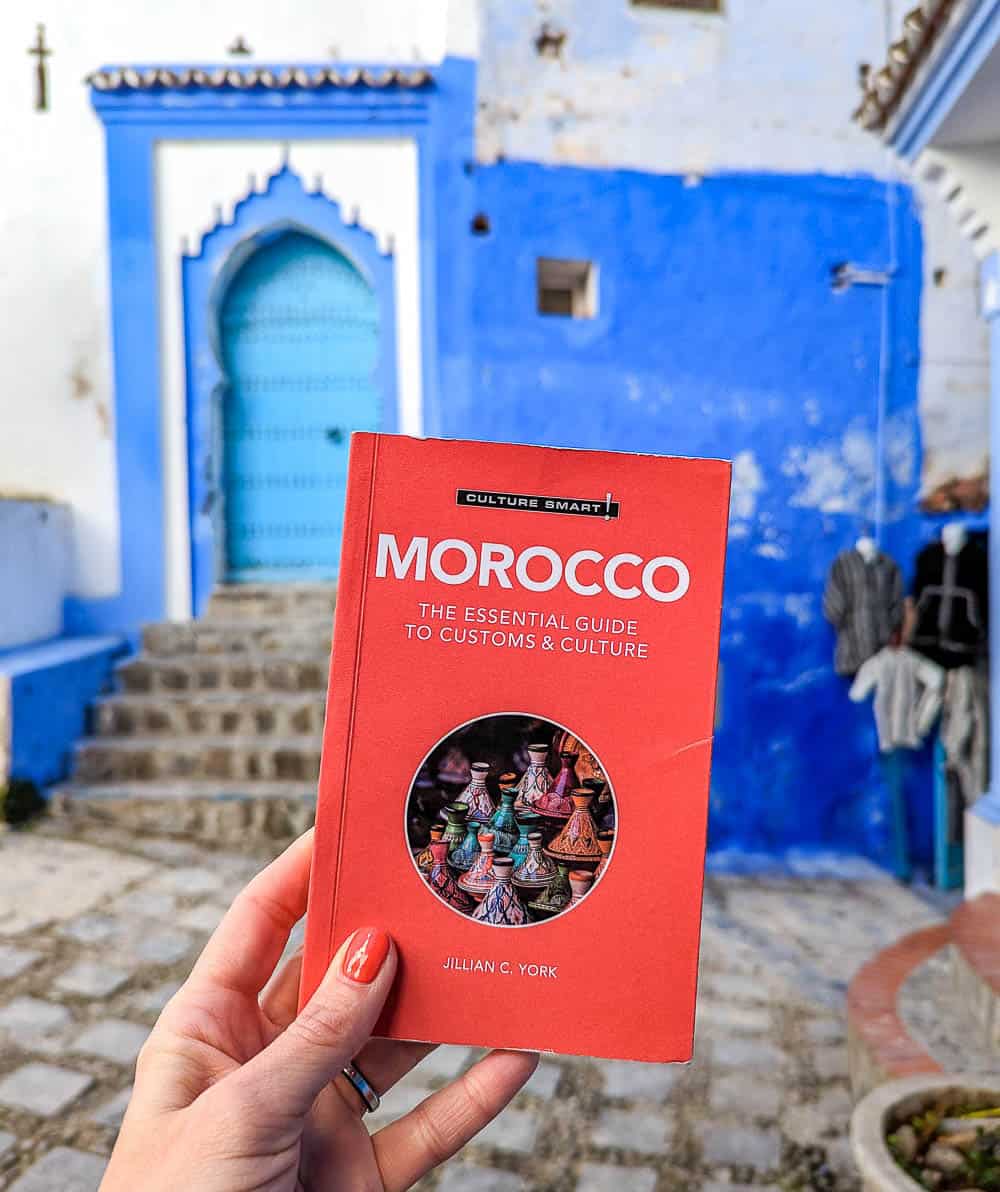
16. Always get the guidebook
I’m a firm believer in travel guidebooks and always have one with me on my day trips. For one great example, instead of wandering around trying to translate window menus to find a place to eat, just check the guidebook’s recommended restaurants. They’ve never led me astray! They’ve never led me to eat an old Lunchable disguised as a charcuterie board!
What happens if you don’t
If you thought deciding on a place to eat dinner was difficult at home, try doing so in the spur of the moment in a foreign country. Brutal.
My favorite travel guidebooks
- Rough Guides – My personal favorite. They have great commentary, pictures, suggestions, and information. I love their maps and the way their books are organized, and I feel like they just “get me.”
- Rick Steves – For European destinations. If you like his TV show, you’ll love his guidebooks. They’re basically his scripts. He’s keen on providing you with a mix of attractions, lots of historical background, and great money- and time-saving tips.
- Fodor’s – I also regularly use Fodor’s guidebooks. I love the thorough background information and restaurant suggestions as well as all the helpful info on specific sites.
- Culture Smart! – These pocket-sized guidebooks might not save you a lot of time, but they’re absolutely necessary for getting to know the local customs and culture. I pick one of these up for every new destination I visit. Find out why in my full Culture Smart guidebooks review.
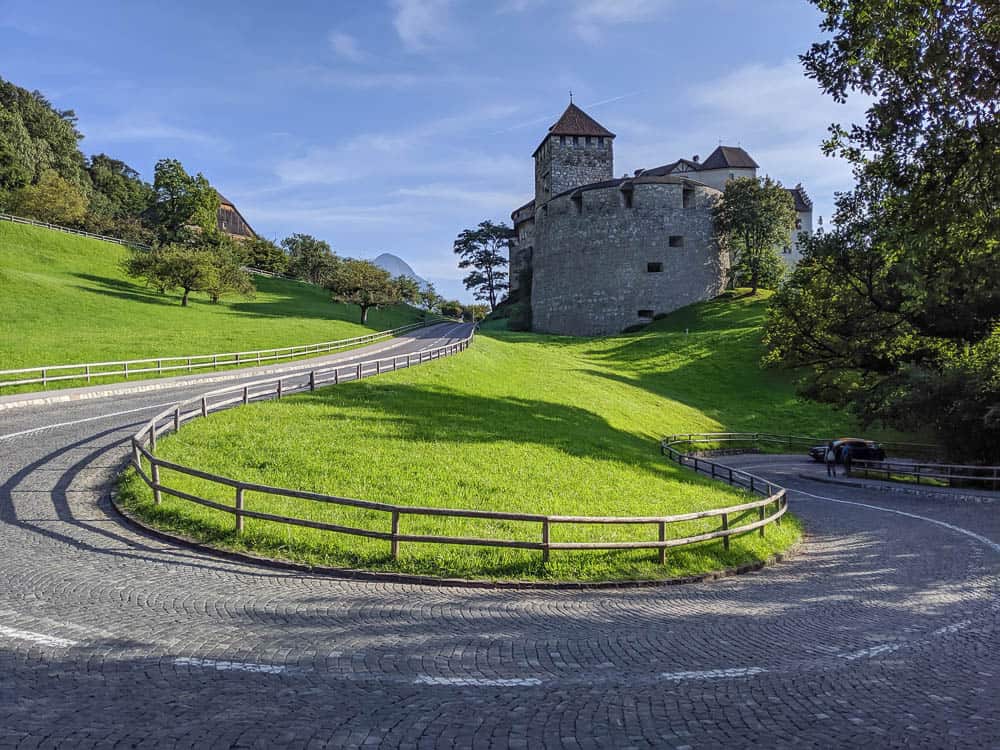
Tips for maximizing time during your trip
The following tips for planning a day trip will focus on things you can do during your trip to help make the most of your time.
17. Prioritize time over money
On a day trip (or really any trip), there are times when you’ll have to choose between saving money and saving time. Unfortunately, the two are often mutually exclusive.
One example of this would be taking taxis or a Uber between attractions instead of walking, or booking a private airport transfer instead of figuring put public transportation. You can either save time by just calling the Uber, or you can save money by waiting for and taking a train or bus; but you can’t save both.
These things often cost a little more but can save you loads of time, especially when added up over the course of a whole day. Remember: a 5-minute cab ride often equates to a 40-minute walk.
In 2023 I took a day trip to Paris with the sole purpose of exploring just the city’s World War II museums and monuments. I walked between sites as much as I could, but I knew if I wanted to fit all the places in, I’d have to call an Uber once or twice. Even though driving across Paris isn’t lightning fast, it was still much faster than walking or taking the Metro.
Another example of this is the benefit that comes with staying at a more expensive hotel that’s right in the center of the city versus one on the outskirts of town that costs much less but requires you to take a bus into town. You’ll pay more… but you’ll be able to do more.

18. Ask for the check immediately
Gah, I can’t stress this one enough. Especially when taking a day trip in Europe, always ask for the check at a restaurant when your food is delivered, not after you’ve eaten it all and you’re ready to go. (Seriously, it’s a top Europe travel tip!)
If you’re from the U.S., the service you receive at restaurants around the world might be the biggest source of culture shock for you. Few other countries have such a dedication to a high turnover rate as we do. Ergo, in many countries outside the U.S., it’ll be a real struggle to get your bill at the end of a meal.
I’m not exaggerating here; this really is the most important tip you need to know for planning a day trip and not wasting time.
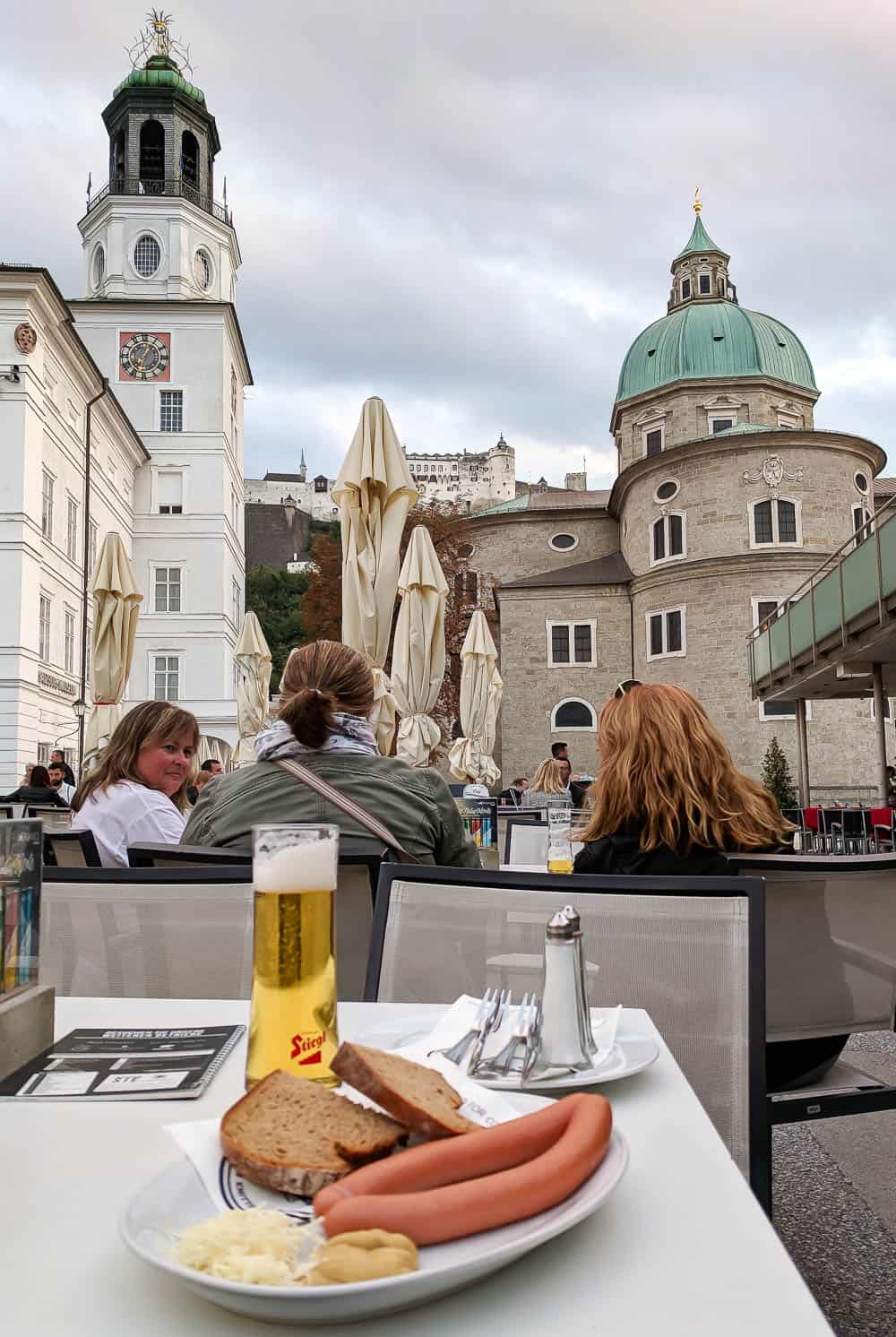
19. Commit to waking up early
Beating the crowds is half the travel battle. Be prepared to get up and get out as early as possible. You only have one day in your chosen destination—the earlier you get there, the more time you’ll have to spend there. It’s easy math; and that’s from the girl who doesn’t believe in “easy math.”
What happens if you don’t
If you choose sleep over getting an early start, I sense a lot of sheep-herding in your future. And I don’t think sheep get a lot done during the day.
I already know what you’re thinking: “That doesn’t sound like much of a vacation.” And you’re right—this is not a vacation. This is seeing as much of the world as possible in as little time as we have available. If you want a “vacation,” go ahead and book yourself a resort in the Bahamas and call it a day.
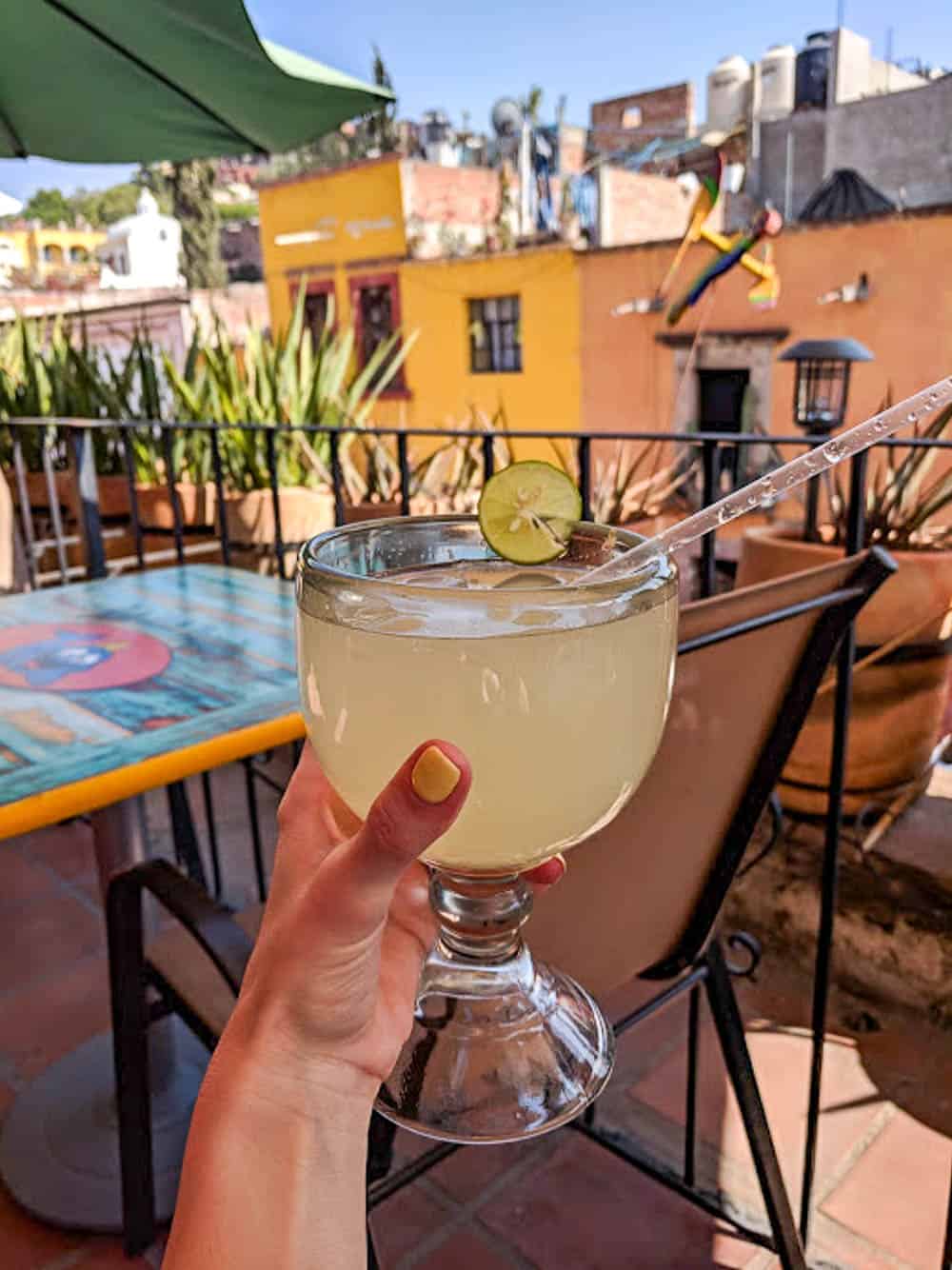
20. Travel light
Hauling around a bunch of stuff really slows you down. The goal here is to be able to grab and go and fit easily into a cab and not have to take multiple trips up and down the tiny Euro-elevators.
What happens if you don’t
If you can’t carry your bag in your lap, chances are you’ll have to spend time waiting for it somewhere—whether that’s at baggage claim, for the bus driver to unload it, for museum security to go through it, finding a place to store it, or just making it harder for you to carry it around.
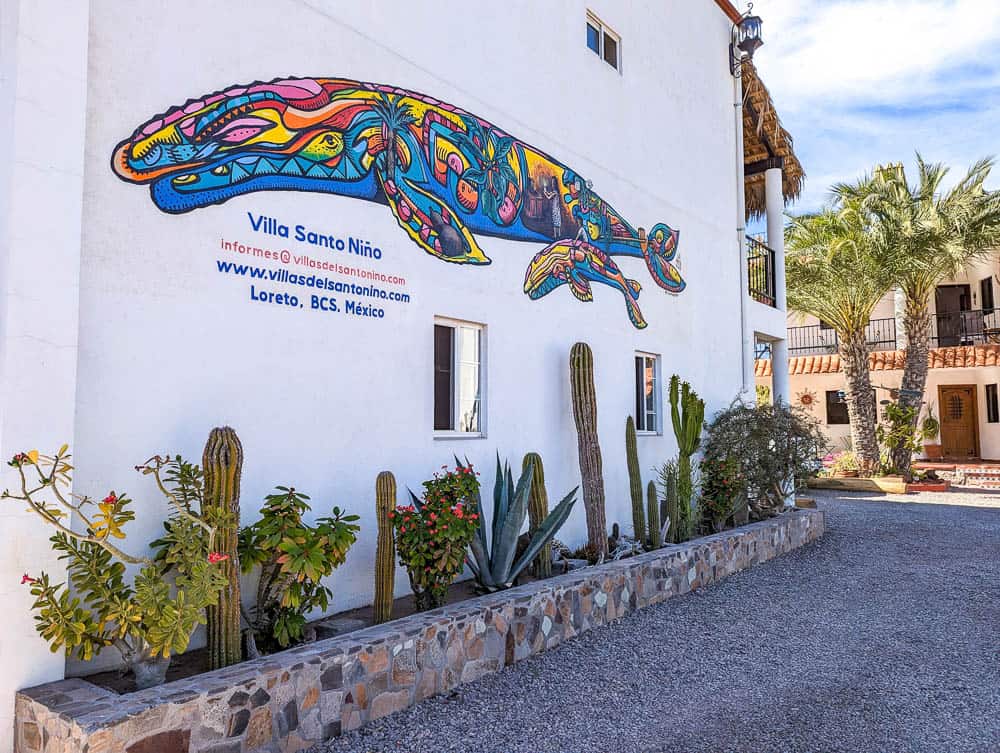
21. Keep all your necessary travel information easily available
Having all the information you’ll need handy already will spare you tons of time digging around for documents or waiting for pages to load on your phone. Information you might need would be:
- Flight information
- Hotel confirmations
- Your hotel name and address so you can quickly tell the driver where to go
- Names and locations of the places you plan on visiting during your day trip
- Your full day trip itinerary
- Attraction or tour tickets you booked ahead online
What happens if you don’t
Having to constantly look all this information up—especially on weak wifi or slow international date—adds up to a ton of wasted time. Instead, have all of this information printed out on paper and kept in its own folder or pocket, or at least saved somewhere on your phone you can easily access offline.
22. Always pack snacks
Having to constantly stop for food adds up to a lot of time better spent sightseeing. Instead, keep a few snacks in your (or, let’s be real, your wife’s) purse at all times. Personally, I always pack Clif bars or Luna bars for my trips so I already have them when I get there and don’t have to make an extra stop. But you do you.
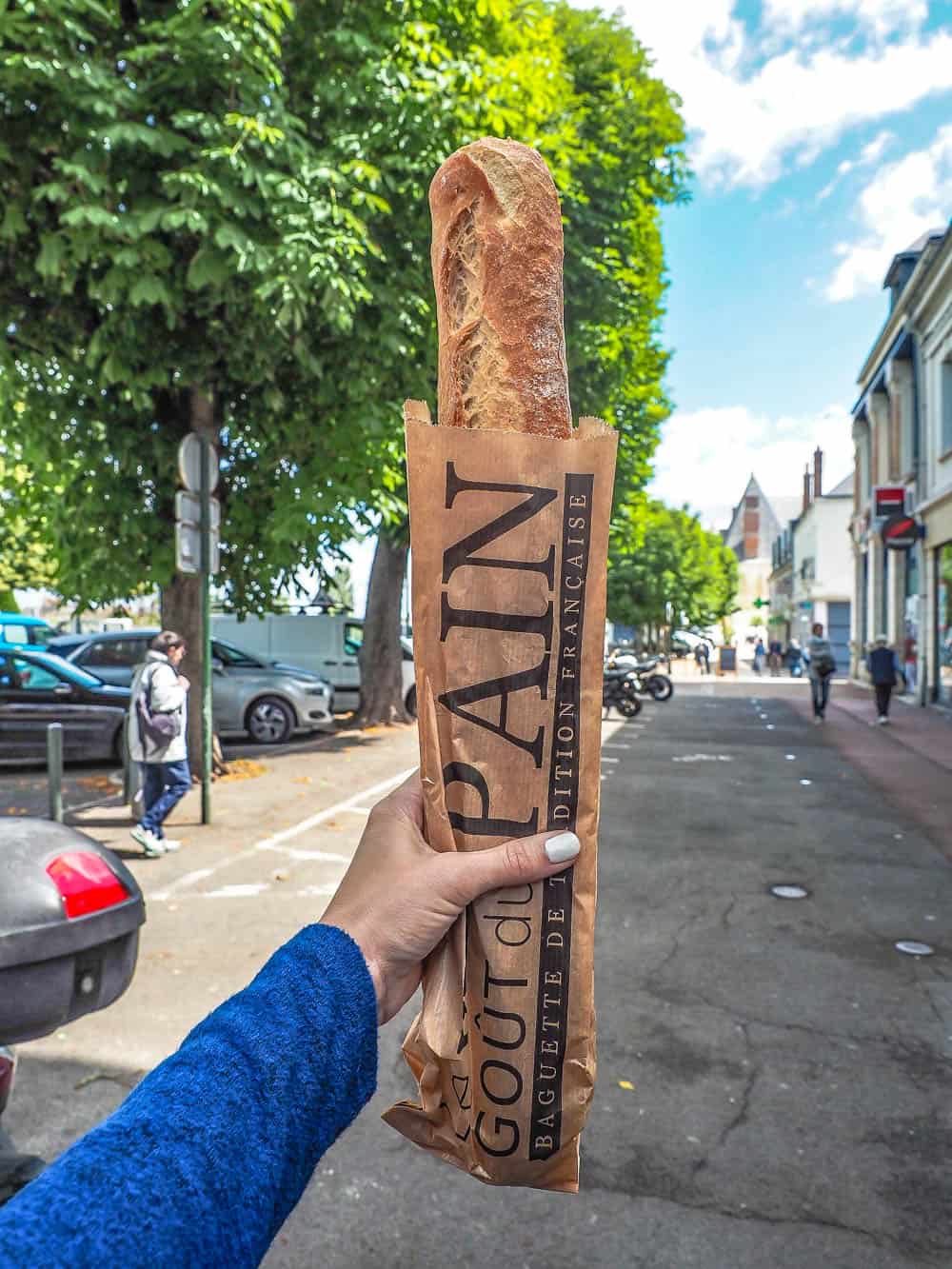
23. Stay vigilant in terms of your own safety and property
Getting pickpocketed or becoming a victim of some other “petty” crime while traveling is so common. And if this hasn’t happened to you before, just know that finding a police station and filling out a police report in a foreign country is not a quick endeavor. Basically, your whole day trip is kaput.
Let’s just say, I find these things out so you don’t have to. You’re welcome lol. Since then, I always maintain full awareness of my surroundings, familiarize myself with the most common scams in any given destination, and always always always travel with anti-theft bags from either PacSafe or Travelon.
In fact, I travel with a whole travel safety kit so I can avoid things like filling out police reports in foreign countries. And you should too!
ALSO READ: What to do if you get robbed abroad (and how to prevent it from happening in the first place), and tips for how to keep your stuff safe while traveling
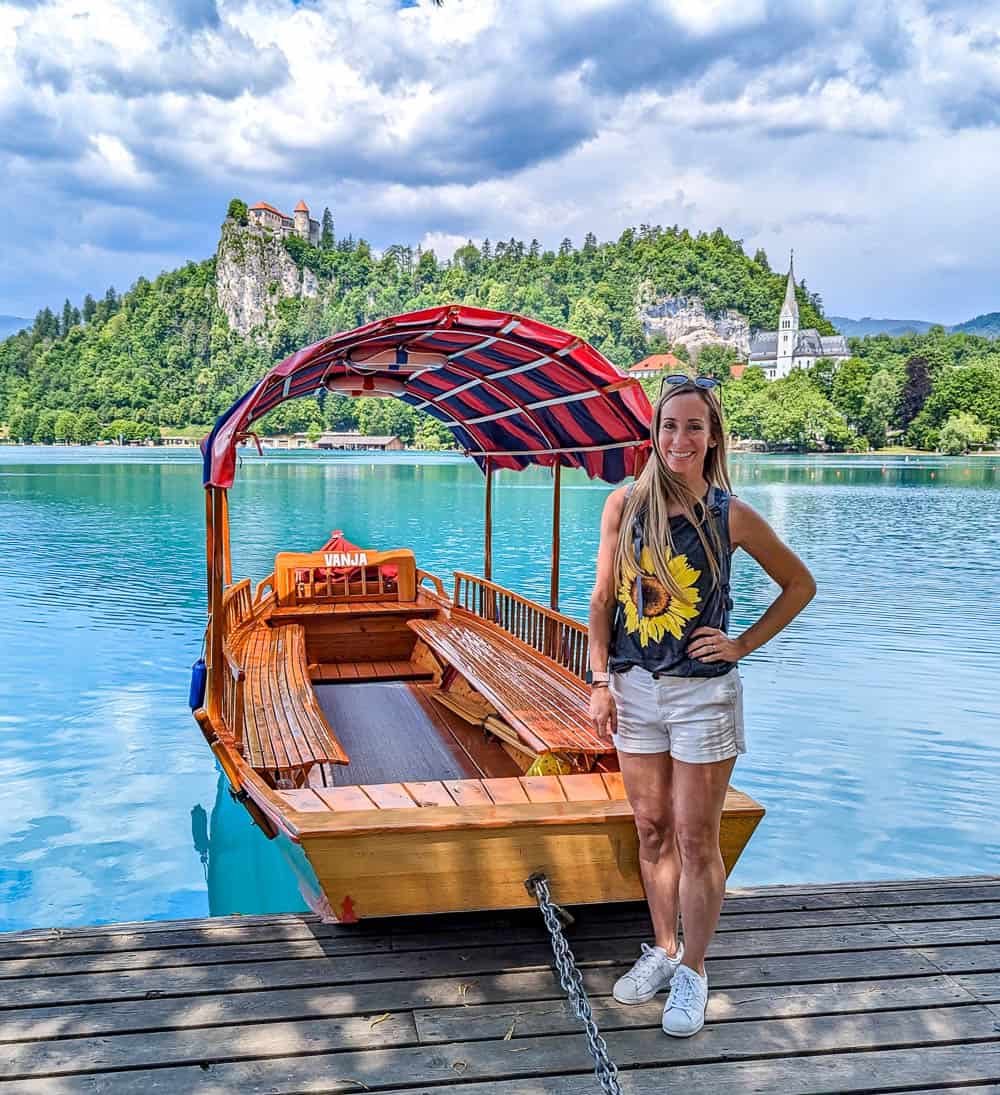
24. Know what to do in case you get sick or injured
Knowing what to do in case of illness or emergency ahead of time will save you so much time. Knowing where and how to find the medications you need and what to do in case of an emergency is a must for each and every trip. Here’s everything you need to know about how to deal with getting sick abroad.
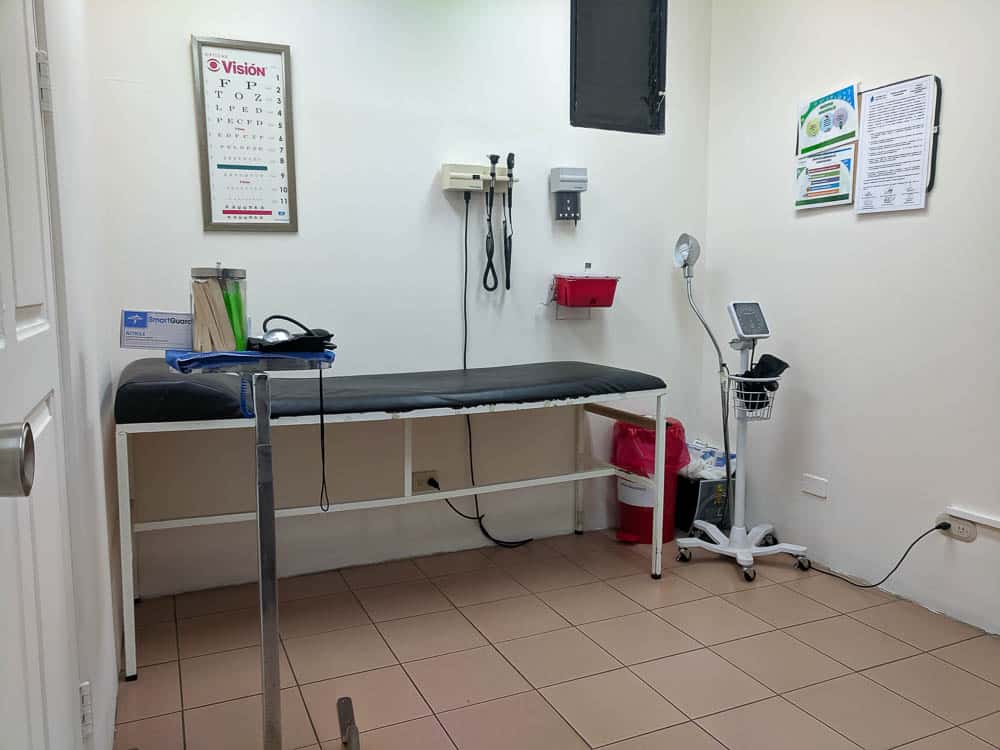
25. Know where to store your luggage
When I say you should make the most of every minute available, I mean don’t do things like head to the airport or train station unnecessarily early because you had to check out of your VRBO and have nowhere to put your things.
Instead, there are companies that will store your luggage for the day while you sightsee. Imagine that! Then, when you’re ready, pick your stuff back up before you actually need to head to the train station. Instead of spending six hours killing time before your train, you were able to fit in another couple of attractions on your list.
In Santiago, Chile I used a company called Airkeep that allowed me to store my bag at a nearby hostel for the day, and it only costs a few dollars per hour. There are companies like this all over and your options vary by destination. Here are a few to check out:
- Airkeep / Stasher – Currently available in cities all over Europe, North/Central/South America, Australia, Asia, and Africa
- Luggage Hero – Located in over 150 cities worldwide
- Nannybag – Available in 34 countries in Europe, North & South America, Asia, Oceania, and Africa
- Bounce – Located all over the world with cities in the US and Canada, Europe, Asia, Oceania, Mexico, South America, and the Middle East
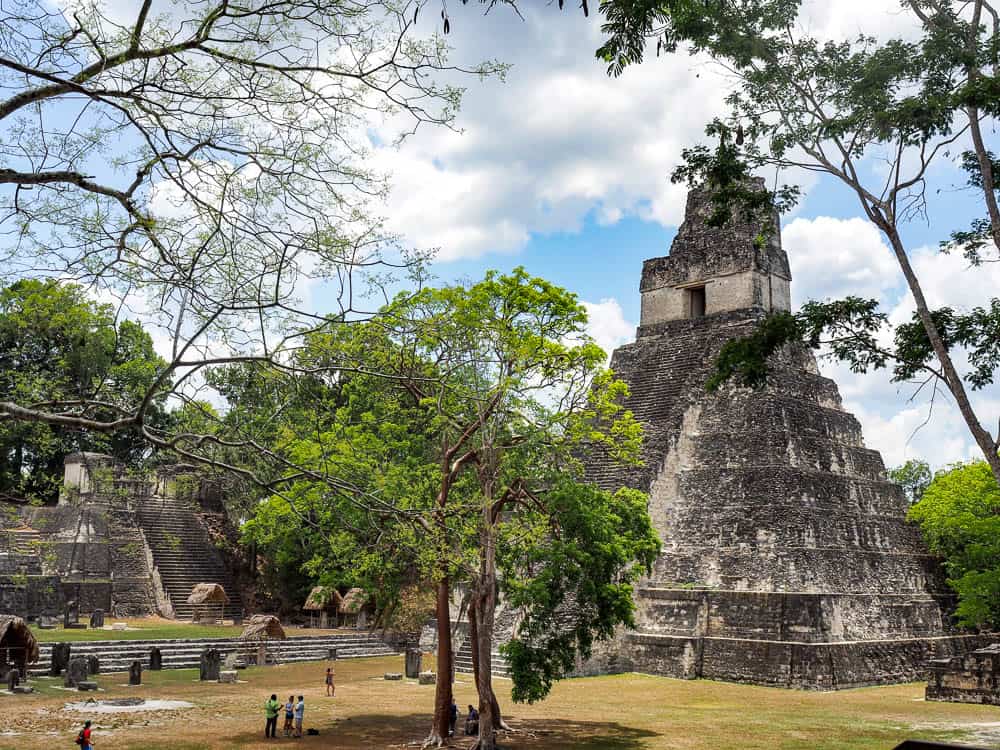
Tips for planning better day trips: what to do afterwards
Assessing how your day trip(s) went will help you plan better day trips in the future. Here’s how to do that…
26. Assess your success
By this I mean, make note of times you think you wasted the most time, what were the causes, and what you should have done differently.
Was it waiting in line for something when you could have booked tickets ahead of time? Was it getting lost? *raises hand shamefully* Did you learn of a special VIP pass while you were there that you wished you’d had? Would they just. not. bring. you. the. damn. check?
Asking yourself these questions and making note of ways you can improve on planning a day trip will help you better plan the next one!
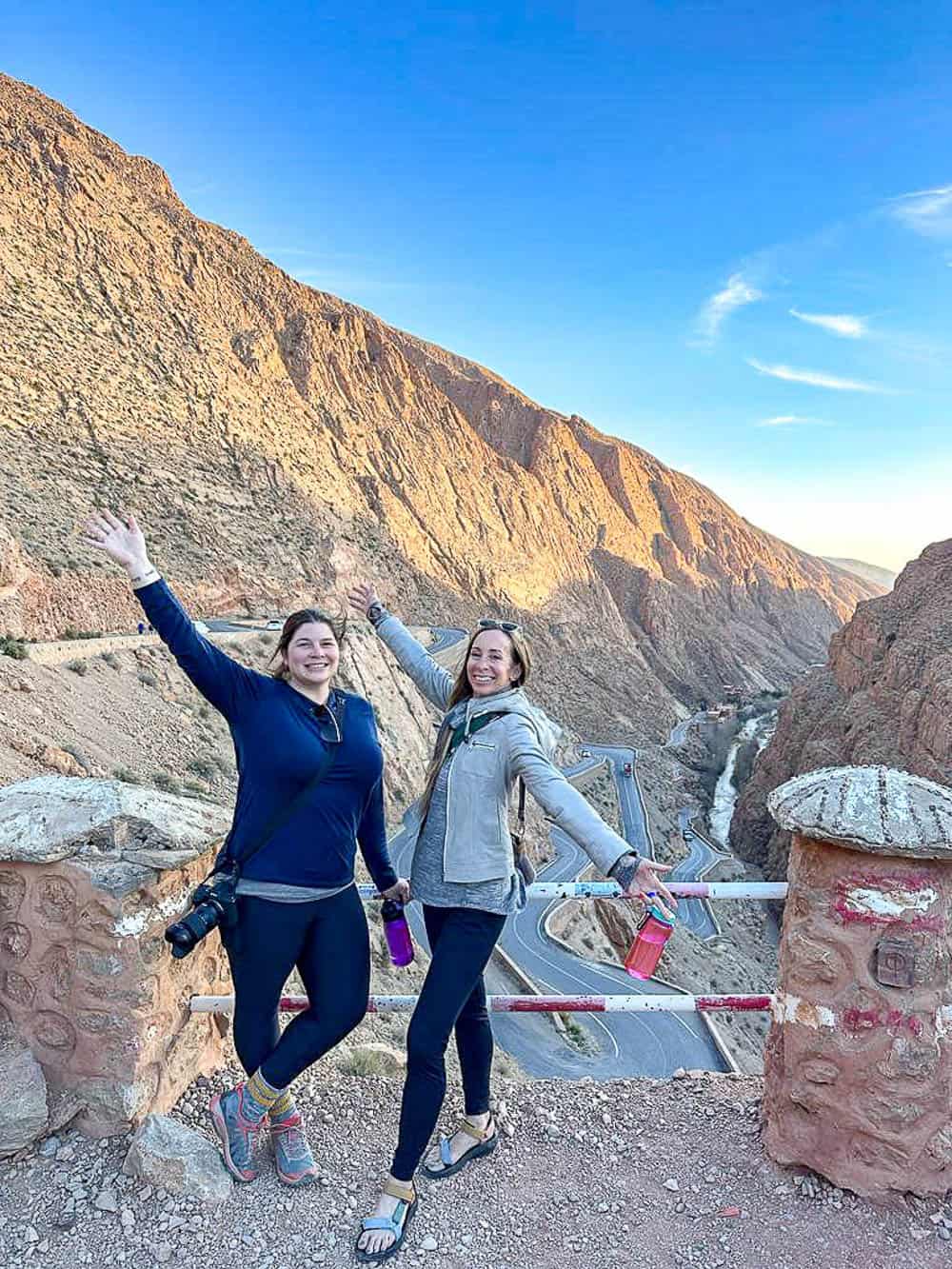
More resources for your day trips
- Looking to stay overnight? Find great places to stay anywhere here on Booking.com. (Hotels.com and Expedia are worth checking too).
- Rental cars: Check out the best local rental car deals here.
- Tours & activities: Check out the best local options here on Viator and Get Your Guide
Like this post? Have more questions about planning awesome day trips? Let me know in the comments below. Have fun on the road!
Save this info, pin this image:

